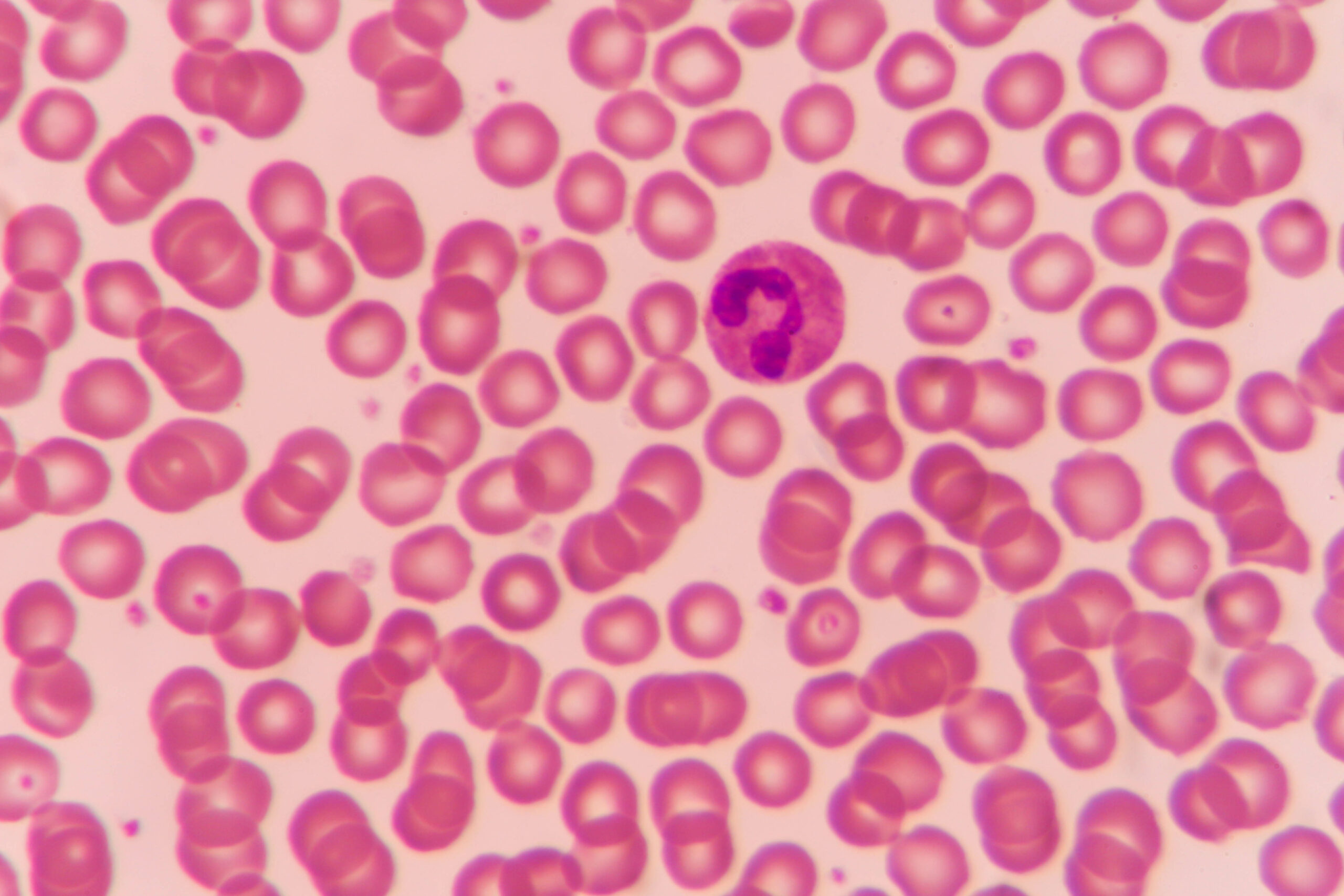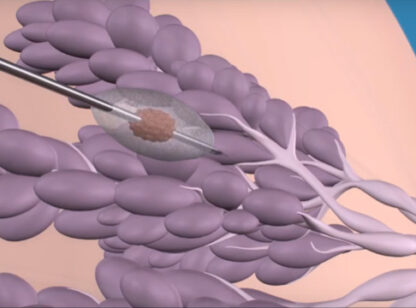Microscopic nutrition is the study of your blood, cells and plasma. It offers the opportunity to see how healthy these life liquids are and what is really going on inside your cell body.
The process involves a small prick of the finger to obtain a few drops of blood, which is then viewed under a microscope by a specially trained phlebotomist lab technician. A dry and live scan under a dark field microscope is conducted and projected onto the big screen so you can take a closer look into the plasma and cell body performance.
The discoveries are fascinating. From that small sample, we can discuss your nutrition and how it affects your cells; any unwanted forms of nutrition slowing down cell performance in the plasma; the hydrated or dehydrated cell state; how to clear out bacteria, viruses and parasites; and how to clean up unwanted particles.
Our goal is to get a good read to address what is necessary for optimal health. At first, we commonly see dehydrated cells that stick together and don’t have much movement. In these cases, our first step is to hydrate. While this used to take weeks, we can now replenish cells in 30 minutes using high performance photo medicine light waves and alkalized water (different from alkaline water).
Once cells are moving freely, here are a few things we can identify in a live scan:
- Perfect cells are round with a light coat; they bounce off each other when moving through the plasma.
- Aggregation stress cells are stagnant clumped red blood cells which strongly indicate the inability to digest and assimilate protein.
- Abnormally small red blood cells may suggest ingestion of excessive amounts of over-acidic foods with iron-deficiency anemia.
- Egged-shaped cells indicate B12, folic acid and hormonal imbalances.
- Fine spikey projections on the outside of cells indicate oxidative factors that contribute to cell membrane destruction.
- Bottle-shaped cells can indicate free radical damage.
- Crystal-shape rectangles can indicate improper fat digestion.
- Red crystals found in bulk can indicate toxicity within the bowels.
- Fungal forms look like oil dropped into water and indicate high yeast and candida.
- Target cells are round with little white areas within the cell which indicate too high of carbohydrates with white spots of yeast forming along with pancreas stress.
- Little black specks moving erratically through the plasma indicate viruses and bacteria.
- Long black strings you can see eating the cell are parasites which change the round cell shape to oblong.
In a dry scan it’s all about color: rich red indicates healthy oxygen, iron and, when filled fully with no white clump areas, extreme hydration; orange indicates high fungal infections, while yellow indicates low-level fungus, virus and bacteria; blue and purple indicate chemicals from specific sources and black indicates parasites, heart stress or colon toxicity.
After assessment, we can address issues using integrative protocols to promote optimal health for balanced homeostasis.
Elysia Ashley is a phlebotomist and lab technician with Liquid Gold Plasma located at LUZwave in Palm Desert. She can be reached at (760) 537.3300. For more information visit LUZwavePalmDesert.com.













































Comments (0)